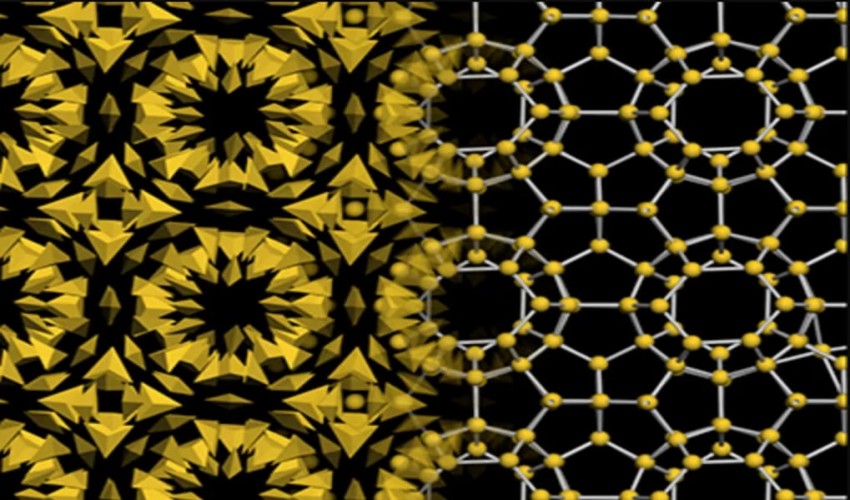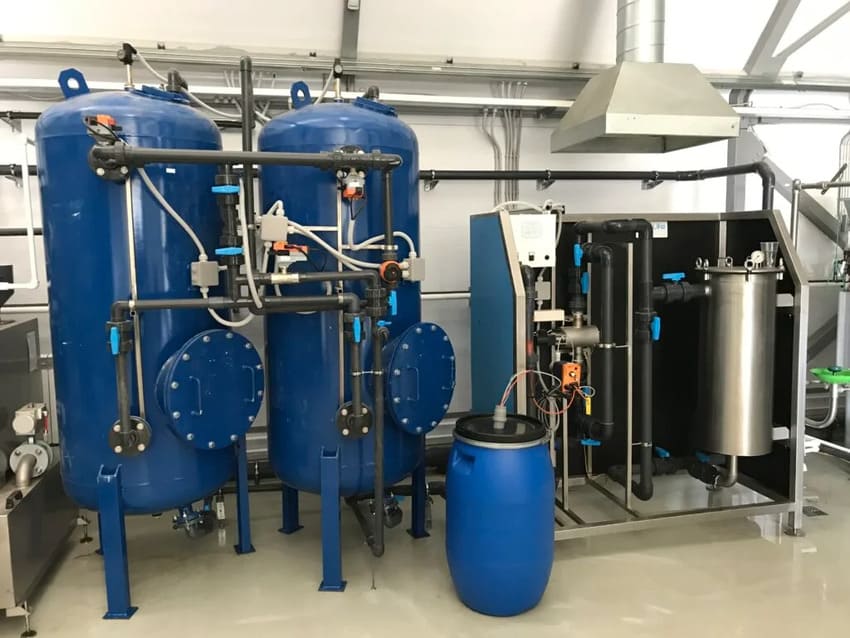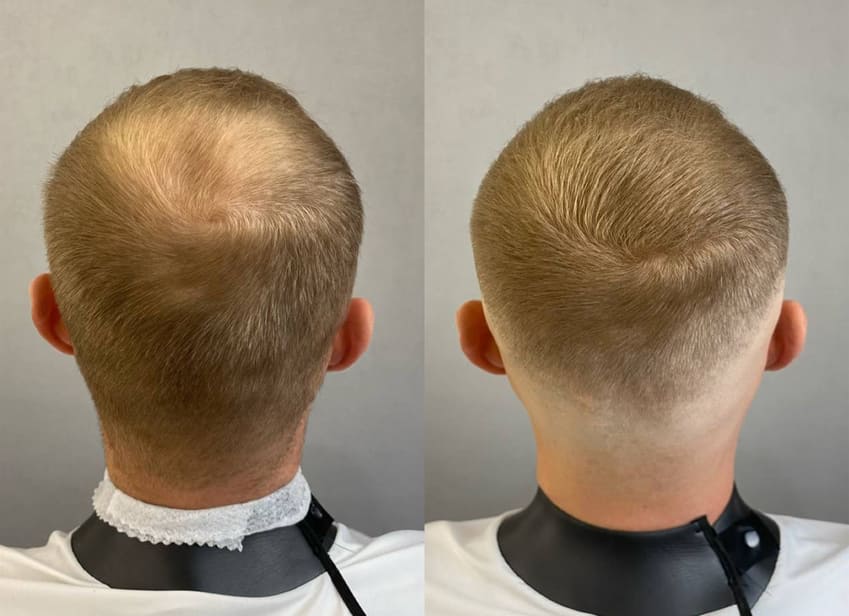Environment Science and technology
9
You can see how certain crystals develop by watching videos of gold nanoparticles bonding.
- Rating
- nanoparticle
- crystallization
- microscopy
- particles
- quartz
Amazing visuals shed new light on the fascinating process of crystal growth.
Close-up images of minuscule gold particles tumbling, sliding, and fluttering around before snapping into place in crystalline formations are shown in the real-time video, which were detailed on March 30 in Nature Nanotechnology.
Northwestern University physicist Erik Luijten of Evanston, Illinois, set out on this research thinking he would just reaffirm conventional wisdom from the previous century. But, "there was still so much to know about crystallization," as he puts it.
Imagining the atoms that make up common crystals like salt, sugar, and quartz in motion is challenging. So, they decided to use gold nanoparticles, which are just 60 billionths of a meter in size, or approximately 1/1000th the width of a human hair. The scientists saw the particles as they snapped into place using transmission electron microscopy after floating in a salty environment.
Luijten notes that one of the most surprising aspects of the films is the dependence of crystallization on the movement of gold nanoparticles across crystal surfaces and the speed with which these particles traveled from the surrounding fluid to the forming crystals. Researchers were able to use movies to better regulate both processes.
Researchers were able to control the pace at which nanoparticles were deposited from the surrounding solution to create the crystals by manipulating the fluid's chemistry. The particles' paths along the crystals were altered depending on whether they were cubes, cubes with indentation faces, or spheres. Researchers managed to influence whether nanoparticle crystals formed with smooth planes or rough surfaces by adjusting fluid chemistry and particle shape.
The nanoparticles are only a few molecules in size. Nanoparticles are small enough to be used as stand-ins for atoms, the researchers believe, because of how crystals form. This research has the potential to contribute in the development of crystal structure dependent materials such as flexible electronics, high efficiency solar cells, and others.
CITATIONS
B. Luo et al. Unravelling crystal growth of nanoparticles. Nature Nanotechnology. Published online March 30, 2020. doi: 10.1038/s41565-023-01355-w.
Leave a Reply
Your email address will not be published. Required fields are marked *


